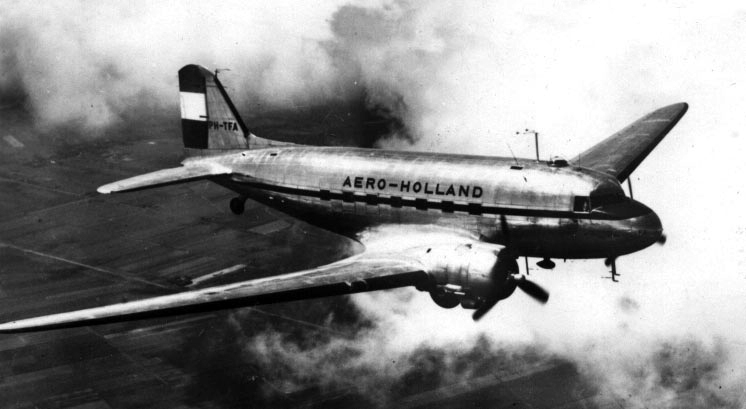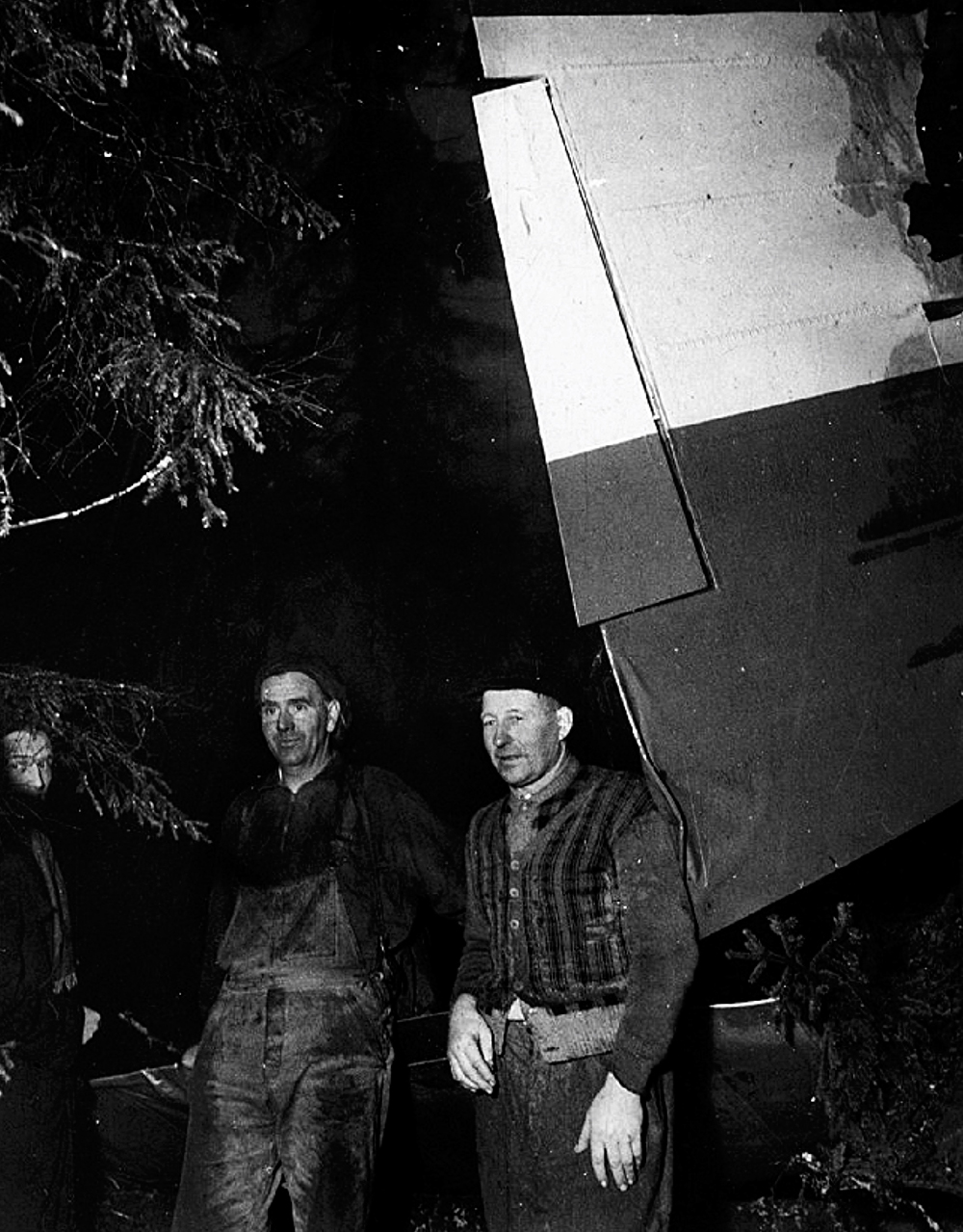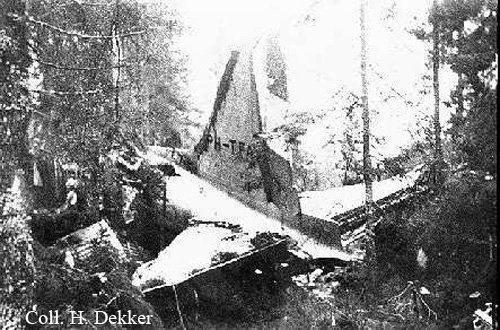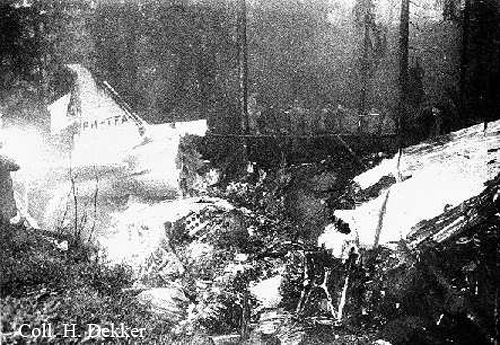Crash of a Douglas C-47-DL in Ribeirão Claro: 20 killed
Date & Time:
Dec 1, 1949 at 1300 LT
Registration:
PP-YPM
Survivors:
Yes
Schedule:
São Paulo – Jacarezinho – Londrina
MSN:
4241
YOM:
1941
Crew on board:
4
Crew fatalities:
Pax on board:
18
Pax fatalities:
Other fatalities:
Total fatalities:
20
Circumstances:
The aircraft left São Paulo-Congonhas Airport in the morning on a flight to Londrina with an intermediate stop in Jacarezinho. En route, the on board ADF system failed and the captain (aged 23) decided to return to Congonhas. But the operations forced the crew to continue the flight. Few minutes later, weather conditions worsened and the visibility was very bad due to low clouds and heavy rain falls. While cruising at an insufficient altitude, the aircraft hit the slope of the Serra dos Ruvina located near Ribeirão Claro. Two passengers, a woman and her kid aged 5 were rescued while all 20 other occupants were killed.
Probable cause:
It was determined that the captain was imprudent and showed a lack of discipline in continuing the flight in VFR mode in IMC conditions (poor visibility due to low clouds and heavy rain falls). Nevertheless, experts retained some responsibilities against the head of the operations who disallowed the pilot to return to Congonhas Airport and 'forced' him to continue the flight in spite of the poor weather conditions.
















